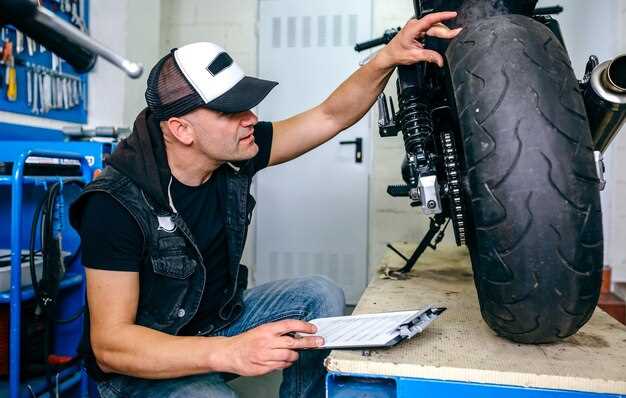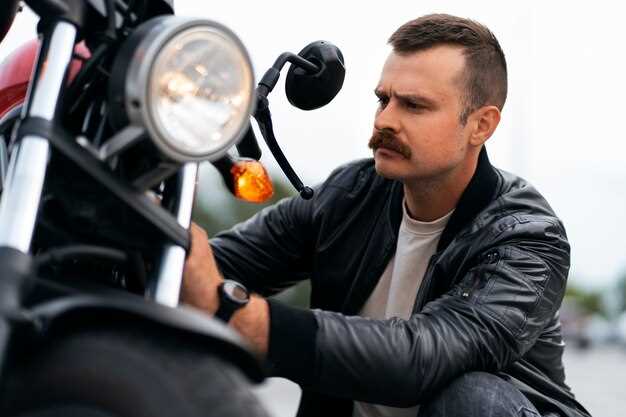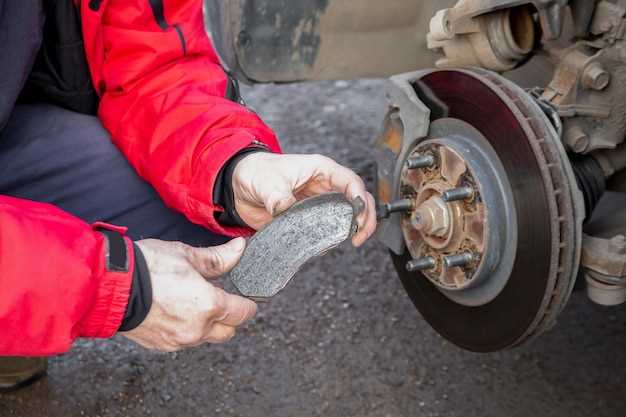
When it comes to riding a motorcycle, safety should always be the top priority. One of the most critical components that directly influences safety is the braking system. The ability to stop effectively and reliably can mean the difference between a safe ride and a potential accident. Understanding the power of different brake systems is essential for motorcycle enthusiasts looking to enhance their safety on the road.
Different motorcycles come equipped with various types of braking systems, each designed to provide specific advantages in stopping power. From traditional disc brakes to advanced anti-lock braking systems (ABS), the choices available can greatly affect a rider’s control during emergency situations. A comprehensive understanding of how each system works empowers riders to make informed decisions when it comes to enhancing their safety.
In this article, we will explore the various motorcycle brake systems available today, focusing on their performance, benefits, and how they contribute to optimal stopping power. By evaluating these systems, we aim to guide riders toward making the best choice for their safety and overall riding experience.
Understanding Different Types of Motorcycle Brake Systems

Motorcycle brake systems are crucial for achieving optimal stopping power, enhancing rider safety and control. There are various types of braking systems available, each offering unique functionalities tailored to different riding styles and conditions.
The most common type of brake system is the disc brake, which utilizes a rotor and caliper mechanism. When the brake lever is pulled, brake pads clamp down on the rotor, creating friction and effectively slowing the motorcycle. Disc brakes are known for their superior stopping power and fade resistance, making them ideal for high-performance motorcycles and aggressive riding.
Another type is the drum brake, which consists of a cylindrical drum and brake shoes. As the brake is engaged, the shoes expand against the inner surface of the drum, providing stopping power. While drum brakes offer reliable performance and are often more durable, they may not deliver the same level of stopping efficiency as disc brakes, especially in wet conditions.
A newer innovation in brake technology is the Anti-lock Braking System (ABS). This system prevents the wheels from locking during braking, allowing for better control while stopping. ABS significantly enhances safety, especially in emergency situations where rapid deceleration is required. By maintaining traction, the rider can retain better maneuverability while reducing the risk of skidding.
Furthermore, some motorcycles come equipped with combined brake systems, which distribute braking force between the front and rear wheels. This offers improved stability and ensures balanced stopping performance, especially for less experienced riders who may find a single brake lever more intuitive to use.
In conclusion, understanding the different types of motorcycle brake systems is essential for riders seeking the best in stopping power and safety. Each system has its benefits and limitations, and riders should choose based on their riding preferences and the specific demands of their motorcycle.
Evaluating Stopping Power: Key Metrics to Consider

When selecting a motorcycle brake system, understanding the concept of stopping power is essential for ensuring safety and performance. Stopping power refers to the ability of the brakes to decelerate the motorcycle effectively, allowing the rider to come to a full stop in a controlled manner. Evaluating this power involves several key metrics that should be taken into account.
1. Brake Pad Material: The composition of brake pads significantly influences their stopping power. Organic pads offer excellent modulation but may wear out quickly under heavy use, while sintered metal pads provide greater durability and consistent performance, particularly in wet conditions. Understanding the material helps in assessing how quickly a motorcycle can halt.
2. Rotor Size: The diameter of the brake rotors impacts the stopping efficiency. Larger rotors can dissipate heat more effectively and provide increased surface area for the brake pads to grip, resulting in enhanced stopping power. It is crucial to balance rotor size with weight and handling characteristics of the motorcycle.
3. Brake Force Distribution: The distribution of braking force between the front and rear brakes affects overall stopping dynamics. Generally, the front brake provides a significant portion of the stopping power due to weight transfer during braking. Ensuring a well-balanced system can prevent skidding and maintain control during deceleration.
4. Hydraulic vs. Mechanical Systems: Hydraulic brake systems typically provide superior stopping power compared to mechanical ones. The increased force transmitted through hydraulic fluid leads to quicker engagement and more precise control. Evaluating the brake system type can help riders make informed choices based on their riding style and needs.
5. Performance Testing: Real-world performance metrics, such as stopping distance from varying speeds, provide concrete data for evaluating stopping power. Conducting tests or reviewing third-party reviews can offer insights into how different systems perform under specific conditions, helping riders select the most appropriate option.
By considering these key metrics, riders can make informed decisions regarding motorcycle brake systems, ensuring optimal stopping power and enhancing their overall safety on the road.
Maintenance Tips for Optimal Brake Performance
To ensure optimal brake performance, regular maintenance is crucial. Start by frequently inspecting your brake pads for wear and tear. Worn-out pads decrease stopping power and can damage the rotors. Replace them promptly to maintain effective braking.
Next, keep an eye on the brake fluid level. Low fluid can lead to reduced performance and increase the risk of brake failure. Check for leaks in the brake lines and reservoir; they can also compromise the overall system. If the fluid looks dark or contaminated, perform a complete flush to ensure proper functioning.
Ensure that the calipers are functioning correctly. Sticking calipers can cause uneven wear on brake pads and reduced stopping ability. Test them by jacking up the motorcycle and spinning the wheel; if it doesn’t spin freely, inspect the calipers and slides for issues.
Regularly clean your brake components to remove dust, grime, and debris. This simple task helps maintain the friction necessary for powerful braking. Use specialized brake cleaner and a soft brush for this purpose.
Lastly, pay attention to your riding habits. Avoid riding with excessive brake pressure unless necessary. Gradual application helps in prolonging the lifespan of your brakes, ensuring they remain effective for stopping whenever required.
